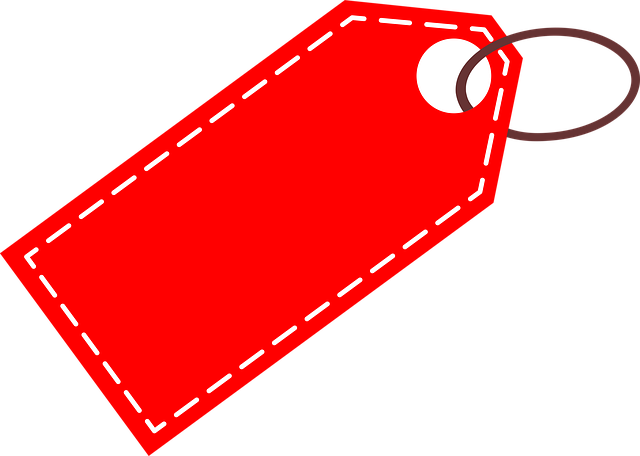Skin tags, or acrochordons, are harmless yet removable skin growths caused by friction, weight gain, aging, hormones, or genetics. Bristol Tag Removal offers specialized solutions using proven methods like cryotherapy with liquid nitrogen or surgery for effective, safe removal, minimizing scarring with professional guidance.
Looking to get rid of those pesky skin tags? This guide provides a comprehensive overview on how to effectively remove skin tags, with a focus on Bristol tag removal methods. We’ll delve into understanding different types and causes of these common growths, along with safe and proven strategies for their elimination. Whether you prefer at-home remedies or professional treatments, this article has you covered.
Understanding Skin Tags: Causes and Types
Skin tags, also known as acrochordons, are small, soft skin growths that typically appear in areas where skin rubs against itself, such as the neck, armpits, and groin. They can vary in size, from a few millimeters to over a centimeter, and often resemble little warts or pieces of loose skin. While they are usually harmless, many people choose to remove them for cosmetic reasons or because they find them irritating.
There are several types of skin tags, with the most common being the pedunculated tag, which has a stem-like structure connecting it to the surrounding skin. Other types include flat tags and cluster tags. The causes of skin tags are multifactorial, including friction, weight gain, aging, hormonal changes, and genetic predisposition. Bristol Tag Removal, a specialized procedure, offers effective solutions for those seeking to get rid of these growths, ensuring both safety and quick results.
Effective Removal Methods for Bristol Tag Elimination
When it comes to Bristol tag removal, several effective methods have proven successful in eliminating these small skin growths. One popular approach is cryotherapy, where liquid nitrogen is used to freeze and destroy the tags. This method is commonly performed in dermatology clinics and offers a quick, relatively painless solution. The procedure is simple: a healthcare professional applies liquid nitrogen to the skin tag using a small cannula or spray, causing it to contract and eventually fall off over time.
Another effective technique for Bristol tag removal is surgery. Minor surgical procedures can be performed in a doctor’s office, involving local anesthesia to numb the area. The skin tag is then cut or scraped away, leaving minimal scarring. For larger or more persistent tags, a scalpel or laser may be used for precise removal. Post-treatment care involves keeping the area clean and protected to prevent infection.
Skin tags, while often harmless, can be unsightly and uncomfortable. Fortunately, there are several effective methods available for Bristol tag removal, catering to different preferences and budgets. From simple at-home remedies to professional medical procedures, understanding the causes and types of skin tags empowers individuals to make informed decisions about their Bristol tag elimination. Remember that consistency and safety are key when pursuing any removal method.
